We Can Help You Decide When the Time is Right
Vision correction surgery, also called refractive surgery, refers to the use of surgery to correct vision/optical abnormalities of the eyes that cause blurred vision. A common question is, “Why is an optometrist promoting or educating his patients about the surgical options for vision correction?” The answer is quite simple: Optometrists have been the experts on vision correction for decades.
We can often decide whether a vision surgery would meet your needs and recommend the type of vision correction better than a surgeon who often does not know your eyes, your personality, and expectations as well. Further, your optometrist will help you select the absolute best surgeon to perform your procedure. The services we offer for surgical vision correction include a preoperative evaluation, recommendations, and follow-up care.
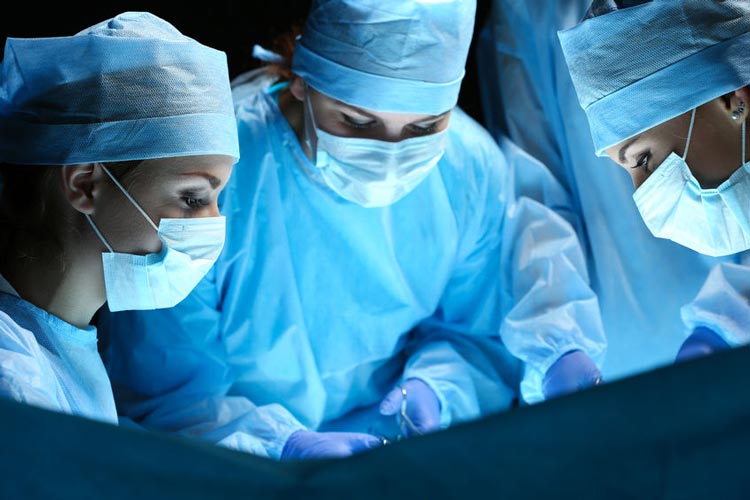
Having follow-up visits in Camarillo means only one trip to the surgical center making the surgery more convenient. The surgeon we most often recommend is Dr. Robert Maloney in Westwood California, co-author of A Guide to Laser Vision Correction.
Below is a listing of common vision conditions that can be corrected with LASIK or one of the other vision-correcting procedures.

Myopia: (Nearsightedness) Distance vision is impaired when the eye is too long in relation to the curvature of the cornea, and light focuses in front of the retina.
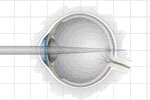
Hyperopia: (Farsightedness) Close vision, and to some extent distance vision, is impaired when the eye is too short in relation to the curvature of cornea, and light focuses behind the retina.
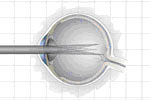
Astigmatism: When the cornea is oval, rather than round, light focuses on more than one point on the retina. Astigmatism impairs both distance and close vision.

Presbyopia: This natural loss of close vision with age is caused by hardening of the natural lens. It may be treated by changing the focus of one eye for reading, a procedure called monovision or blended vision.
Options for Correcting Distance Vision
LASIK
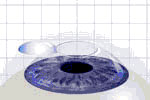
 CustomVue™
CustomVue™
With CustomVue™ or Wavefront Guided laser vision correction, a new standard is established, providing a precise level of measurement and correction never before possible. It improves the view of laser vision correction. CustomVue™ allows us to measure these visual imperfections at 200 individual points.

Using WaveScan®-based digital technology, originally developed for use in high-powered telescopes to reduce distortions when viewing distant objects in space, we can now identify, measure and correct imperfections in an individual’s eyes 25 times more precisely than with standard methods used for glasses and contact lenses.
This information is transferred to the laser, providing a new level of precision and accuracy to reach the full potential of your vision. The pattern of visual imperfections in your eye is as unique to you as your fingerprint.
Before these recent advancements in technology, doctors were only able to use standard measurements to correct vision, meaning that prescriptions could only provide a certain level of correction regardless of an individual’s needs.
In the clinical study, four times as many people were very satisfied with their night vision after the procedure as compared to their night vision before with glasses or contact lenses. One year after the CustomVue™ procedure, patients in a clinical study reported these great results without glasses or contact lenses:
- 100% could pass a driving test
- 98% could see 20/20 or better
- 70% could see 20/16 or better
If you are not a Candidate for Lasik
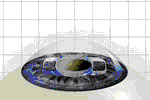
People who are extremely nearsighted or farsighted may not be suitable candidates for LASIK, but may benefit from a Verisyse lens, which is a special contact lens that is implanted behind the cornea. While this procedure was only recently approved by the FDA, extensive European studies have found that this lens can offer accurate, safe correction of vision.
LASEK & PRK

In general, the conditions we’re able to treat include nearsightedness (myopia), farsightedness (hyperopia) and astigmatism. If you are 18 years of age, have healthy corneas, and have had stable vision over the past year, you may be considered as a potential candidate.
Ready to Schedule an Appointment?
Call (805) 482-1136 or use our contact form to schedule an appointment with us.